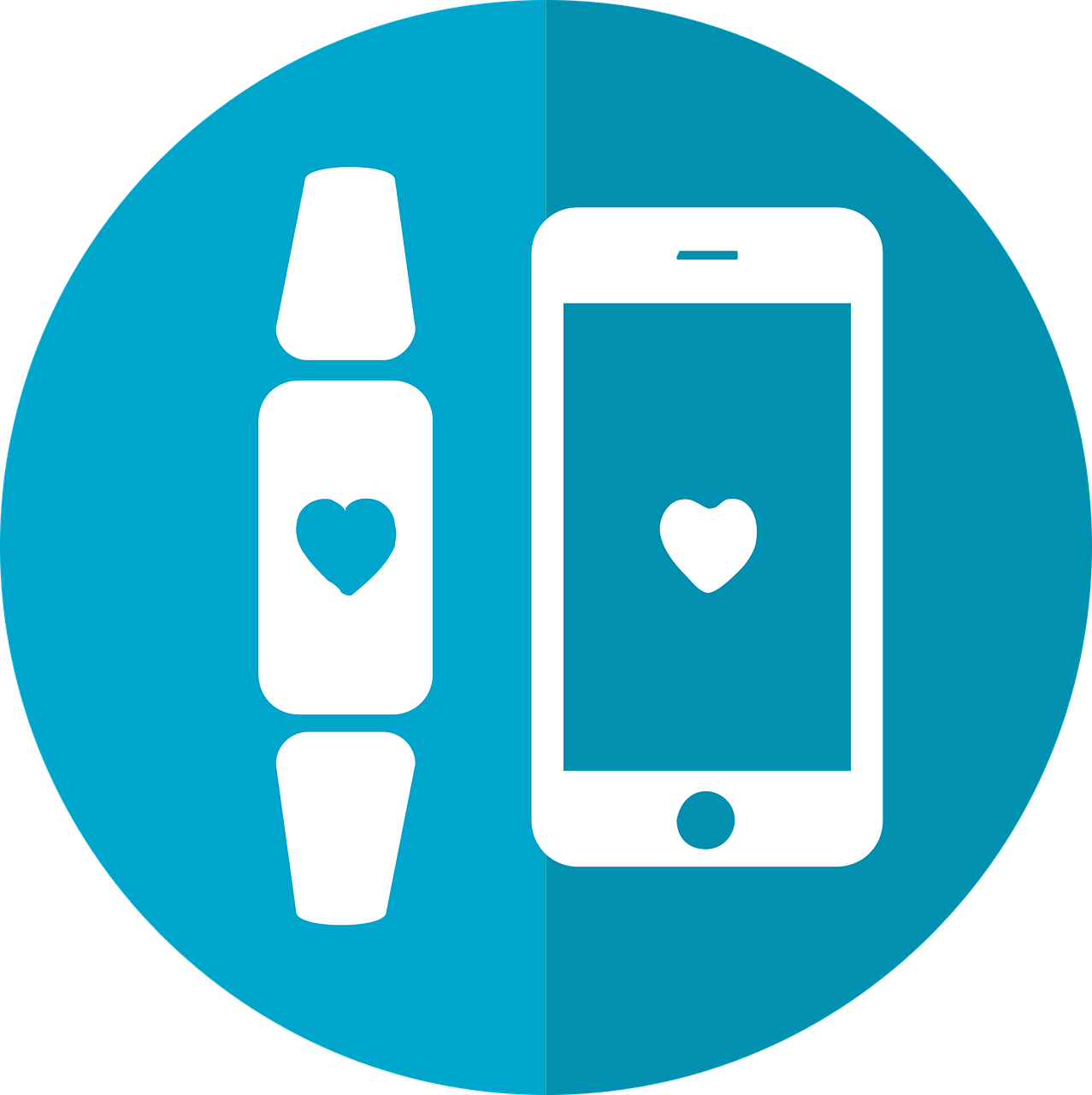IoT & Wearables: Health

The fact that technology has largely influenced medicine is no secret. Medicine remains one of the most technologically advanced fields and innovations continuously pave the way for remarkable applications.
Health IoT & and wearable technologies present some promising opportunities too. Though applications are very limited right now, health IoT devices and wearables are likely to become commonplace in the next few years.
Health IoT and wearables will aid personal health
In one of the previous entries of this series, we talked about how fitness tracking has emerged as one of the most heavily-invested fields in IoT and wearables. But while some trackers focus solely on fitness, others target much more specific health issues.
For example, the Google Contact Lens, currently developed by Alphabet’s Verily branch, is targeted at people with diabetes. Instead of constantly pricking their fingers with lancets and collecting blood samples, people living with diabetes will be able to instantly get glucose level measurements from their tears.
Another excellent example is the blood pressure monitor by Withings. The cuff is easily connected to a smartphone app which allows users to instantly receive feedback and check for hypertension.
Such devices showcase that medical technology can be extremely personal and simple at the same time. Users do not need to have extensive medical knowledge to use them but they can indeed perform very important tests and checks.
Personal devices may also interact with wider processes
Imagine if devices like the Fitbit, which constantly analyze fitness and health data, could be integrated into a wider system such as a patient’s personal doctor or even a hospital.
Such applications could truly help doctors understand more about their patients, their habits, the course of a disorder, the effectiveness of treatments, and so much more. In fact, they could create a revolution in all areas from diagnosis to aftercare.
Of course, we should consider things like privacy and anonymity before any such application is applied to a wide audience. Nowadays, such things are often an afterthought and not an integral part of the process, something which we should prevent in the healthcare field.
Handling all that data in a secure and private way will be a huge challenge. However, such obstacles can be overcome and should not be used as an excuse not to move the industry forward, particularly since its positive applications can be tremendous.
They will also allow people to take matters into their own hands
While the medical field readily adopts new technologies, it often takes a long time before every patient can benefit from the latest advancements. With health IoT and wearables, however, sharing innovations may be easier than ever.
The Open Artificial Pancreas System (OpenAPS) project is one of the finest examples of that right now. By using an artificial pancreas and an open-source system, OpenAPS aims to allow people with Type I diabetes to automatically measure the amount of insulin they take based on real-time fluctuations.
It is important to note that such things may not work for everyone and that open-source medicine is a very challenging area due to regulations and safety concerns. However, dozens of people have already adopted OpenAPS with very positive results.
Essentially, there is a real need for technology to be fast-tracked when medical issues are concerned. While there are definitely safety issues to consider, health IoT and related wearables may be a part of the answer.
Health-related settings could be augmented with health IoT and wearables
Practically every facility from a hospital to a care home can be aided by wearable technologies and IoT. Imagine, for instance, an AI doctor which could aid patients in the simplest of tasks such as measuring temperature correctly or taking their blood pressure.
Humans are not perfect, of course, and neither are the machines that we create. However, AI tech such as IBM’s Watson have already proven that they can be of tremendous help to medical settings in all parts of the process including diagnosis, prognosis, and treatment.
It will most likely take a few years before such technologies are safe and reliable enough to actually be applied in real-world settings but their potential is unlimited.
Conclusion
There are countless medical applications of health IoT and wearables to consider. For instance, devices that monitor elderly patients’ vitals could be of tremendous importance to care homes and related facilities.
Regulators and other official bodies should get ahead of the curve because medical technology is advancing in a very rapid pace. Such processes should not be left unregulated as there is a lot of potential for abuse.
However, the potential to help millions (if not billions) of people is real. As such technologies become more affordable and diverse, there is little doubt that they will be applied to the real world sooner rather than later.



